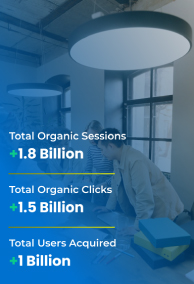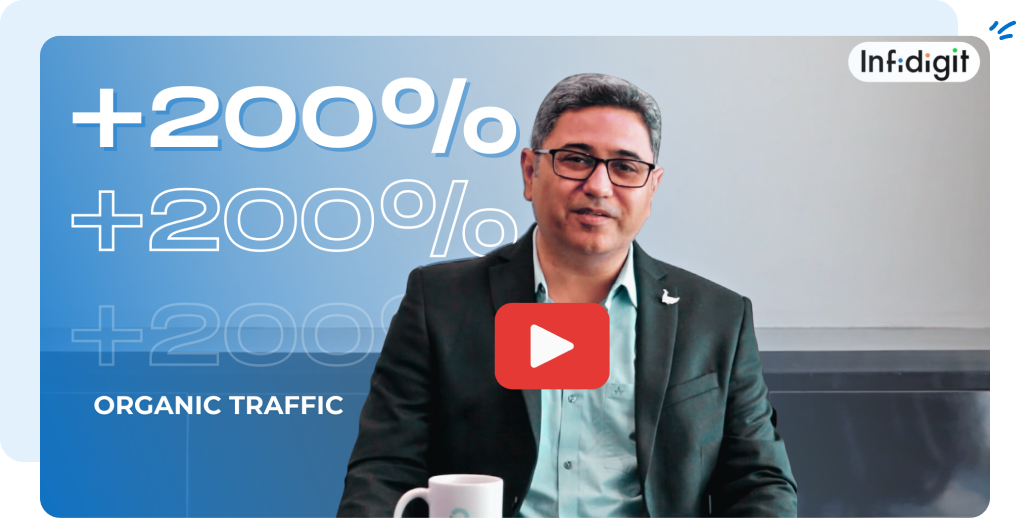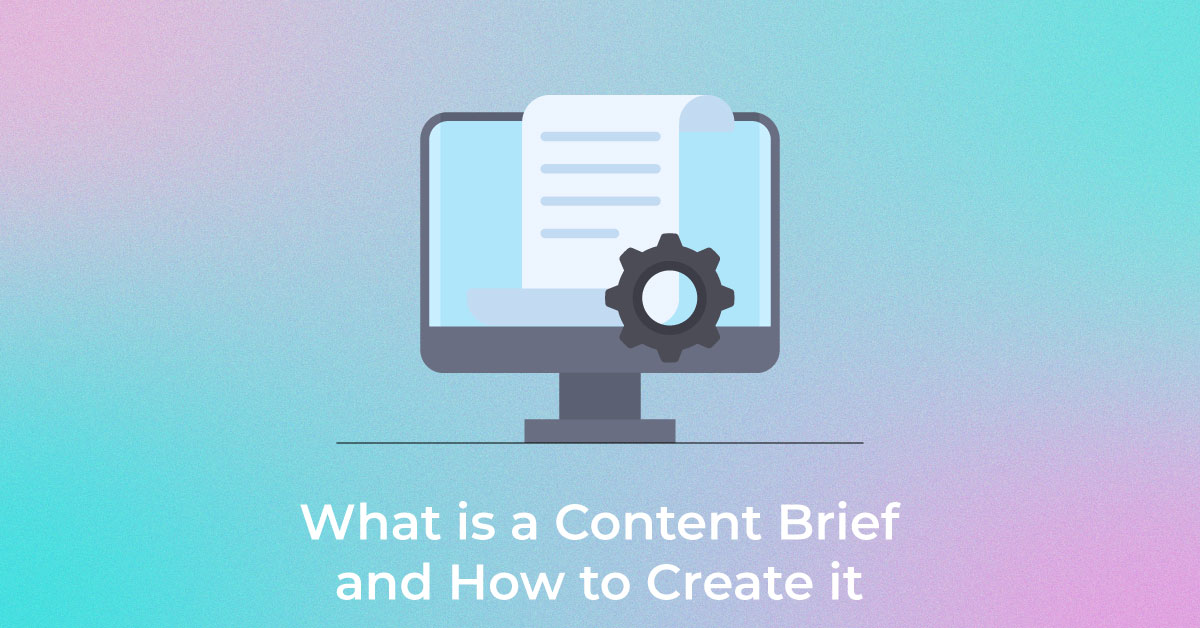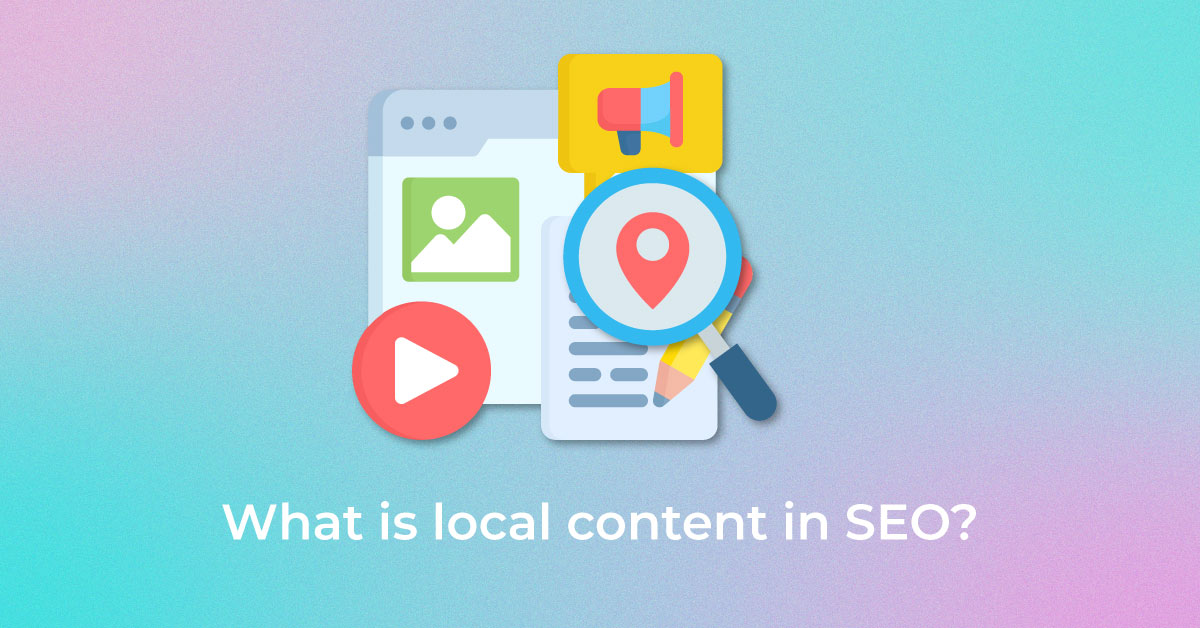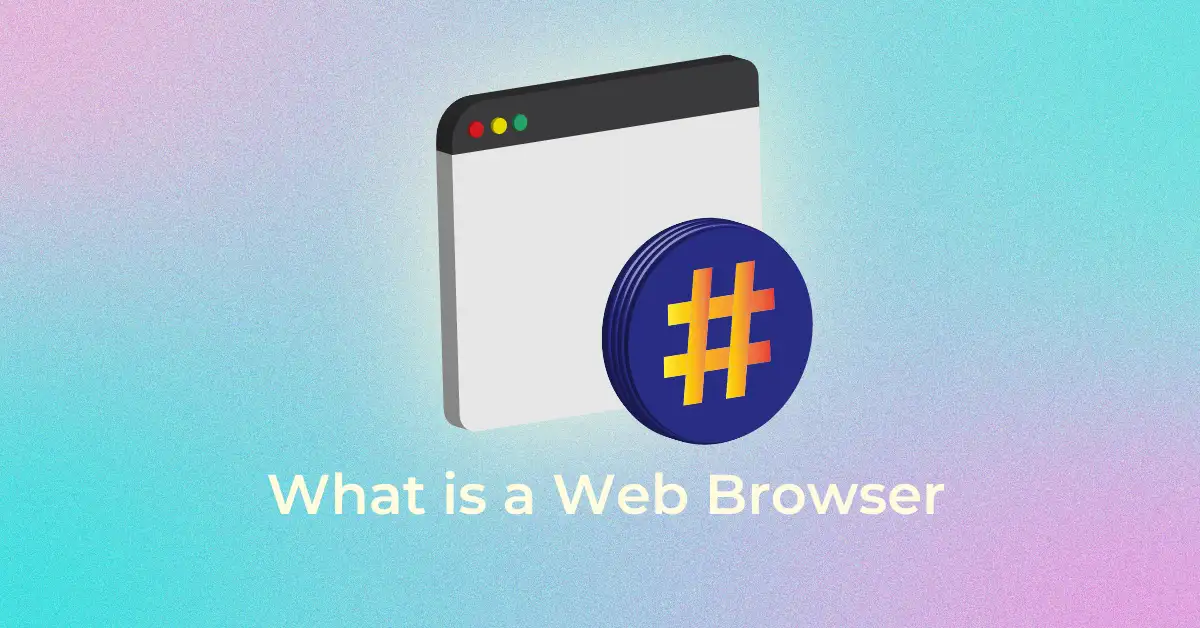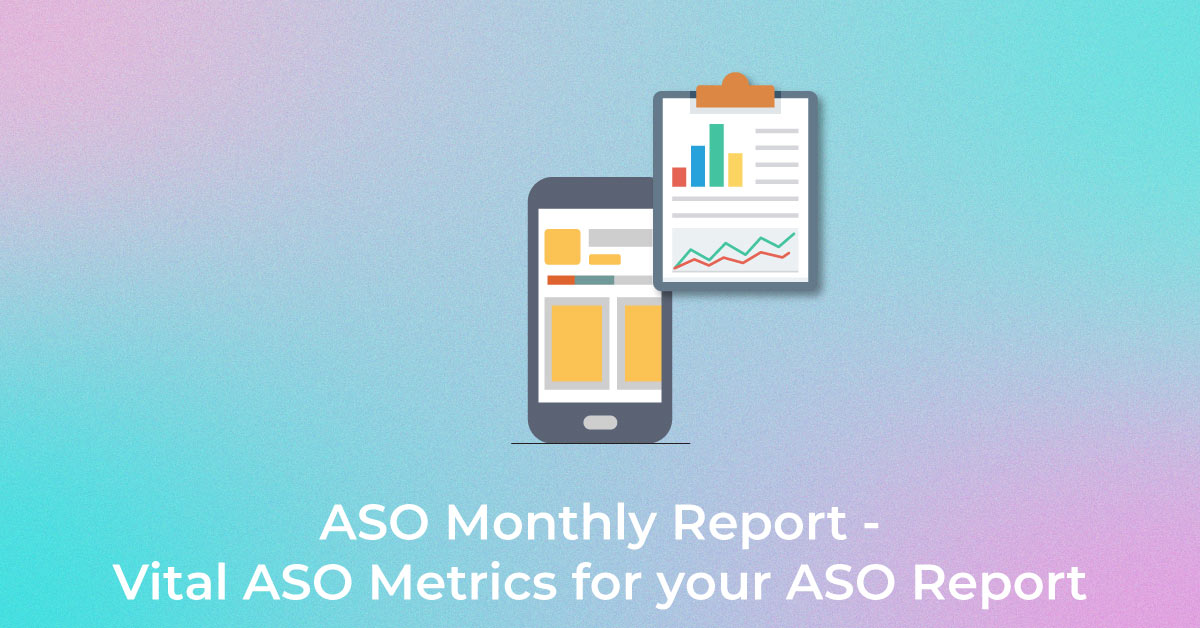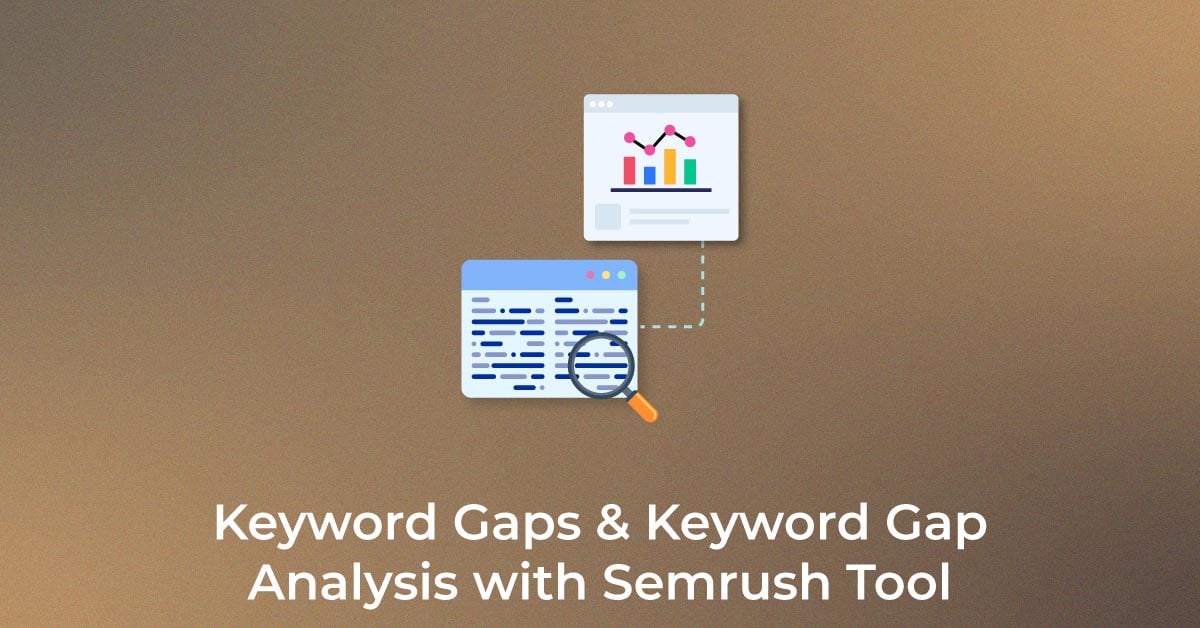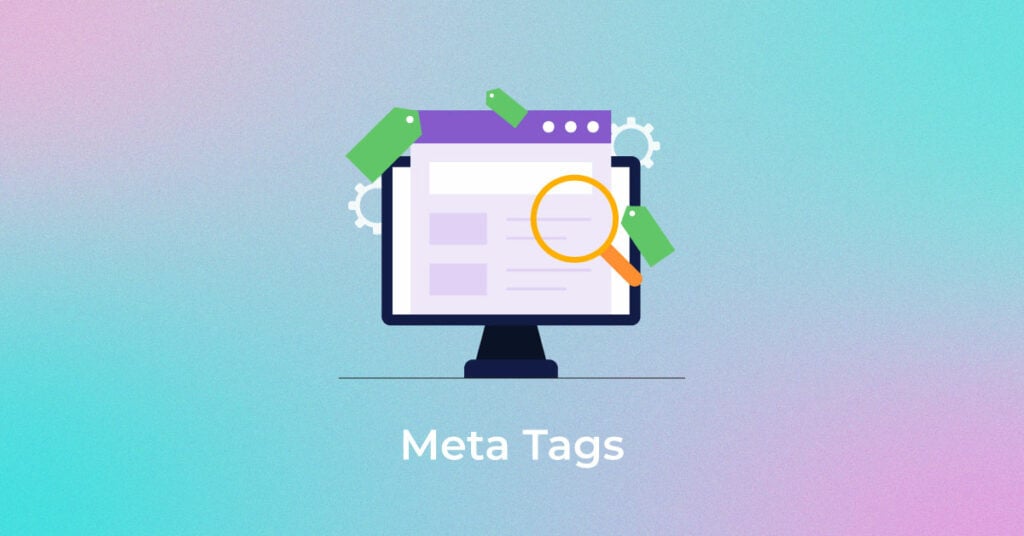
Witness an Increase in your ROI
Unlock higher rankings, quality traffic, and amplified conversions through tailored award-winning SEO strategies.
Meta Tags are small snippets of textual information that provide search engines with an overview of the content on a web page. They act as the source code for a web page that helps search engines index the page to display on result pages.
Why are Meta Tags so Important in SEO?
Meta Tags and SEO are crucial to optimizing your website. They can help a page attain better rankings on search engines. They are placed in a particular section of any HTML page, which is referred to as the <head>.
Meta Tags SEO provides search engines with a complete overview of the exact type of content on your website. For instance, if your Meta Tag descriptions of a web page have a particular keyword, then whenever that keyword is searched, search engines will display your web page in search results. There are 6 types of Meta Tags in SEO.
Important Meta Tags in SEO
-
Meta Title
The first thing a user views on a search engine results page (SERP) is the meta title. As the name suggests, a meta title is the main title of your page. Here are the best practices you can follow for writing a meta title:
- Write unique meta titles
- Keep the meta title brief and descriptive; limit the length to 50-60 characters
-
Meta Description
Meta descriptions are a follow-up to meta titles. They provide a complete overview of the content on the web page. Here are the best practices for writing meta descriptions:
- Write unique descriptions
- Keep it under 160 characters
- Include your target keyword
-
Meta Robots Tag
Meta Robots Tags point search engines to the specific web pages on your website that need to be indexed. Unnecessary indexing, therefore, is avoided. Here are the best practices for writing out Meta Robots Tags:
- Use Meta Robots Tag to guide search engines on how they should access the content on your web page.
- Make sure you do not block pages with Meta Robots Tags in robots.txt.
-
Header Tags
These tags are used to define the headings and subheadings in the content of your web page. These usually are of three types—H1, H2, and H3. Best practices for writing Header Tags include:
- Keep the headers relevant to the text
- Ensure that the headers are readable for end users. Do not stuff with keywords.
-
Alt Image Attributes
Alt Image Attributes refers to the process of image optimization, in which an alternative text is provided to users for whom the images might not load. It also helps search engines in identifying the images on a web page. Here are the best practices for writing Alt Image Attributes:
- Be clear with the image alt tags
- Optimize the images for Google Images
-
Meta Viewport
Meta Viewport helps a browser render your web page on different devices. For instance, if your web page has been opened on both a computer and on a mobile device, Meta Viewport helps the browser in sizing the display so that it is convenient to browse on both devices. It is considered industry best practice to use Meta Viewport for all your web pages.
-
Meta Keywords
Meta keywords types of meta tags embedded in the HTML code of a Web page. Meta keywords describe a website’s content concisely and are important indicators of a site’s content to search engines. The keywords in meta tags SEO are considered relevant only in a few cases today. Webmasters are able to store meta keywords. However, ensuring that their density stays within reason and corresponds to the actual page content is a must. As a rule of thumb, no more than ten meta keywords are to be used. Anything in excess of this might be perceived by search engines as spam or keyword stuffing, which won’t work in favor of your website.
-
Meta content-type
You use the content-type meta tag in SEO to declare the types of media and the character set of the page. Every Web page must mandatorily specify the content-type meta tag. Excluding this can impact the way your page renders in a browser.
-
Canonical tag
Canonical tags, or “rel canonical”, is used to inform search engines that a specific URL is the master copy of a Web page. Using the canonical tag eliminates issues caused due to identical or “duplicate” content found on multiple URLs. The canonical tag shows search engines the version of a URL the developer wants to index in search results. Duplicate content is a complex theme, but when search engines crawl several URLs with identical or highly similar content, it can lead to SEO problems. First, if search engine crawlers have to wade through excessive duplicate content, they could miss the unique content on your page. Second, large scale duplication dilutes a page’s authenticity, and therefore, its ranking capability. Even if the content manages to rank, search engines could pick the wrong URL as the “original” one. Using canonical tags helps avoid such instances by controlling duplicate content.
-
Meta charset
Simply put, when you encode the “charset”, the HTML charset is used to define the character encoding for a document. HTML5 specifications encourage developers to use UTF-8 character sets, which consists of almost all the characters and symbols present in the world. A charset attribute can be overridden using the “lang” or language attribute of any element.
-
Meta refresh redirect
The meta refresh redirect refers to a client-side redirect. Contrary to the 301 and 302 redirects on a Web server, a meta refresh redirect commands the Web browser to “redirect” to a different Web page after a specified time period, say, a few seconds. These are commonly associated with a five-second countdown and the text “If you are not redirected within 5 seconds, click here.”
-
Nofollow tag
The nofollow tag is part of the basic HTML code. An extension of a hyperlink helps Webmasters control whether or not search engines should follow a link. The addition of a nofollow link directs the search engines NOT to visit the mentioned site or to credit it to boost the site’s ranking based on a link.
-
Schema markup
For those who want to better understand what is schema markup, it is a type of microdata. Once coded into a web page, a schema markup lends an enhanced description known as a rich snippet that appears on search result pages. It needs accurate context to an otherwise ambiguous page.
-
Social media tags
Social meta tags control the way your content shows up in feeds. It is advisable to use social media tags rather than allowing social media channels or platforms generate their headlines, description or image for your posts. This works for Facebook, Twitter, LinkedIn and other popular social media platforms. The main tags are:
- Og:title
- Og:url
- Og:description
- Og:image
Conclusion
Utilizing the full potential of meta tags is only possible through sustained expertise in the SEO domain. Hence, to make your web pages rank higher, be SEO healthy, and optimized, avail the services of Infidigit, an SEO company in Mumbai that offers professional SEO services to elevate your website’s rankings and reach on the web.
Popular Searches
Google Web Stories | Slug | Outbound Links | Toxic Links | Technical SEO Tools |Guest Blogging | What is ROAS | Mobile Marketing | Google Tag Manager | SEO Periodic Table | Bot Traffic | 404 and Soft 404 Errors | SEO tips for Online Grocery Stores | Google Bert Update | Robot.TXT and Meta Robot Tags | 301 Redirects | Mobile First Indexing | Podcast SEO | W3C Validation | Link Building Tools | Local Citation | Google Multisearch | How to Deal with Plagiarized Content | Increase Youtube Views | SEO Job Interviews Questions Answers | What are the Types of Digital Marketing | What is Search Engine Optimization | What is Canonical Tags | On Page Optimization Techniques | Types of Off Page | Link Building Services | What is Image Optimization in SEO | Boston SEO | SEO Company Dallas | Houston SEO Services
How useful was this post?
0 / 5. 0

